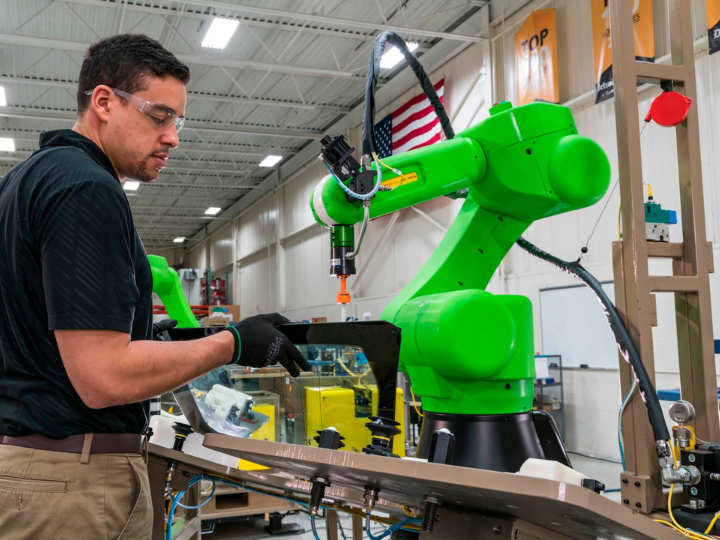For decades, injection molding has been a crucial part of many manufacturing processes. Simply put, it’s a term that describes using heated materials that are then inserted into a mold, at which point they cool and form a custom-designed finish product. It’s been employed to create everything from tools to automotive parts to product packaging components, you name it – and it’s a process that has been heavily relied on as a result.
But for as advanced as this process already was, it’s clear that there is still innovation left to be discovered. Case in point: one recent study revealed that collaborative robots are increasingly playing a bigger and bigger role in this process, all of which can only mean big things for various industries moving forward.
The Impact of Collaborative Robots on Injection Molding
For the record, collaborative robots (also commonly referred to as co-bots) are those that are designed to work with humans in some form. Sometimes, it means working alongside them on a factory floor. Other times, it means taking over important yet time-consuming, menial tasks so that humans can focus on more important matters. Injection molding is increasingly proving to fall into the latter category.
The major benefit of collaborative robots is that they can A) respond to human interactions, but that they B) operate largely independently, without the need for supervision. According to the newly released Global Collaborative Robot Injection Molding Market statistical survey, organizations in a wide range of industries are increasingly relying on co-bots to fulfill this need – all so that their employees are free to focus on tasks that truly require their attention.
Some of the industries that heavily rely on injection molding include not only the aforementioned plastics and automotive sectors but also food and beverages, healthcare, metals, electronics, and more. The impact of this inclusion of co-bots into the equation could be enormous.
On the one hand, it’s easy to see why this has become such a prominent trend. Collaborative robots not only produce consistent results but accurate ones as well. The level of automation at play goes a long way towards eliminating potential factors like human error, which means that fewer parts will ultimately need to be reworked. Not only that, but since co-bots work alongside human employees, it’s possible to achieve a finished product in a fraction of the time it used to take.
All told, the report indicates that the injection molding market is expected to go through a significant expansion between 2022 and 2028 – and collaborative robots are a big part of the reason why.
If you’d like to find out more information about how the relationship between collaborative robots and injection molding is constantly expanding, or if you’d just like to discuss your own needs in terms of automation with a team of experts in a bit more detail, please don’t delay - contact Pioneer Industrial Systems today.






